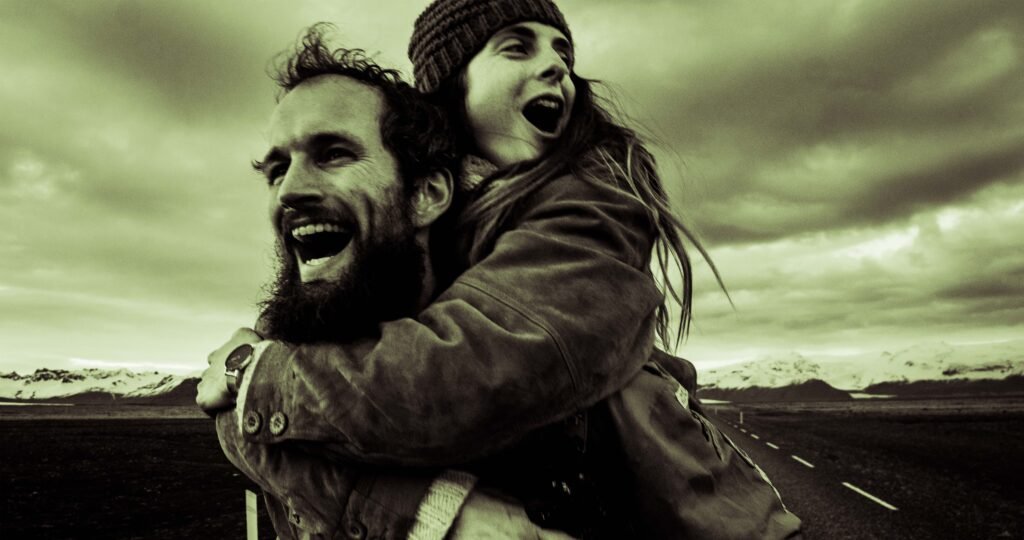
It is, perhaps, an irony worthy of the Greeks that the age of artificial intelligence—a time awash in simulations, deepfakes, and algorithmic trickery—might also be the moment when cinema vérité finds its sharpest relevance. Born in the 1960s as a rebellion against glossy artifice and studio contrivance, cinema vérité, or “truth cinema,” seeks to observe life unadorned, raw, and unmanipulated. But what is “truth” when technology can fabricate every frame of reality?
Cinema vérité, at its core, has always been a confrontation with the lie. Its jittery, handheld cameras expose life’s rough edges and uncomfortable silences, rejecting the polished perfection of Hollywood. But today, filmmakers face a different lie: AI-generated perfection masquerading as truth. The algorithms that deliver deepfakes and synthetic voices can mimic the visual language of cinéma vérité, deceiving even the sharpest observer. In this cacophony of digital illusions, where every shot is suspect, what is a vérité filmmaker to do?
The first option is to resist. Armed with a simple camera and a refusal to embellish, the vérité filmmaker can reclaim the essence of reality. Let AI flood the world with fakes; the vérité artist will document the unpolished, the unposed, and the undeniable. This is not nostalgia for a bygone era—it is a battle cry for authenticity in an age of synthetic sameness.
But resistance alone is not enough. The filmmaker must adapt. AI, like fire, can illuminate as well as destroy. Used judiciously, it can become a powerful ally. Imagine AI tools that sift through hours of footage to find the most poignant, unguarded moments. Picture algorithms that stabilize handheld shots without robbing them of their humanity. Envision audio cleanup powered by AI, stripping away the hum of interference while preserving the raw intimacy of a whispered confession. The key is not to let the technology dictate the truth but to use it in service of the truth.
Yet here lies the rub: truth is slippery. Always has been. Cinema vérité has never been a neutral observer. The choice of what to film, when to cut, and how to frame a scene is inherently subjective. The AI age doesn’t erase these biases—it exacerbates them. A filmmaker’s challenge is not only to depict reality but also to acknowledge the ways in which their own hand shapes it.
And what of the audience? As viewers, we must sharpen our critical faculties. The days of passive consumption are over. In an age when reality can be algorithmically rendered, the responsibility falls on us to ask harder questions. What is real? Who made this? And why?
Cinema vérité, then, is not a relic of the past but a weapon for the future. It challenges us to strip away the noise and focus on the human, the flawed, and the unscripted. If AI is the age of crafted illusions, cinema vérité must become the age of the unflinching. It may stumble, and it may err, but in its imperfection, it will find its power.
So let the machines churn out their polished illusions. We, the storytellers, will pick up our cameras and show the world as it truly is: messy, chaotic, and profoundly human.